
Chemical Engineering Thermodynamics - Engineering
Q1: For a real gas, the chemical potential is given byA RT dlnP
B RT dlnf
C R dlnf
D none of these
ANS:B - RT dlnf The chemical potential (𝜇μ) for a real gas can be expressed in terms of the partial molar volume (𝑉ˉVˉ), which can be further related to pressure and fugacity. The correct expression for the chemical potential of a real gas is: 𝜇=𝜇∘+𝑅𝑇ln(𝑓𝑃∘)μ=μ∘+RTln(P∘f) Where:
|


For help Students Orientation
Mcqs Questions
One stop destination for examination, preparation, recruitment, and more. Specially designed online test to solve all your preparation worries. Go wherever you want to and practice whenever you want, using the online test platform.

